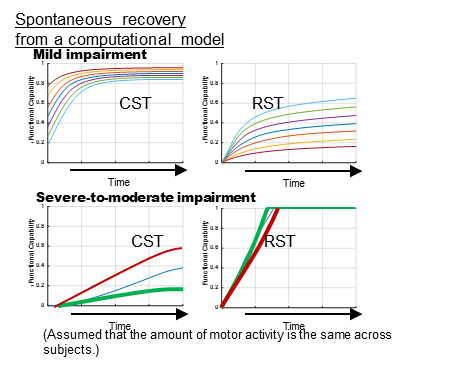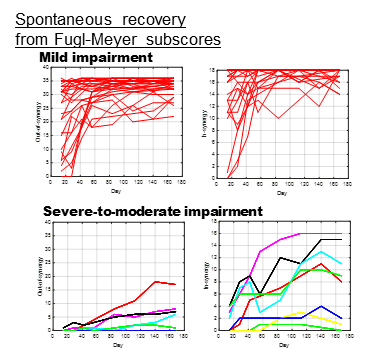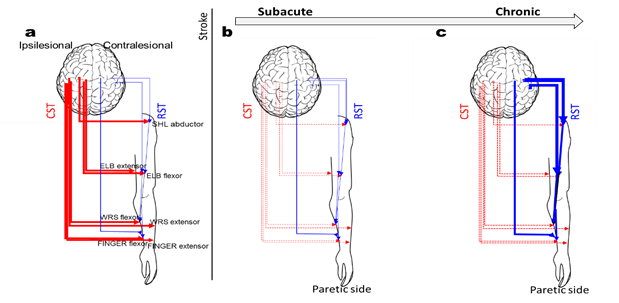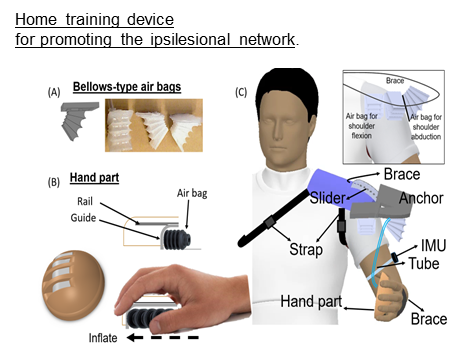Body
True behavioral restitution, a return to normal motor patterns with the affected limb post-stroke, requires the recruitment and restoration of the residual ipsilesional hemisphere/corticospinal tract (CST). Following stroke, the spontaneous recovery mechanism selectively and continuously uses a more optimized neural network for motor execution, depending on the degree of CST damage. However, the selection of the neural network in dominant use largely determines the degree of motor impairment. Here, we aim to identify the possibility to alter the direction of spontaneous recovery in the subacute phase through behavioral interventions. Based on the findings, we will develop home training programs and low-cost home rehabilitation devices.




